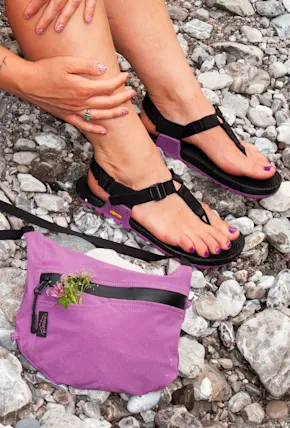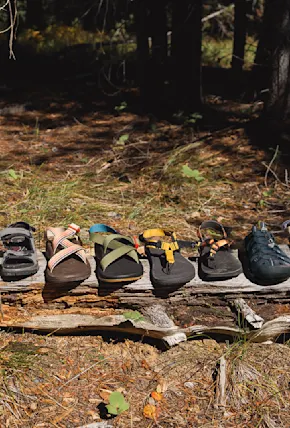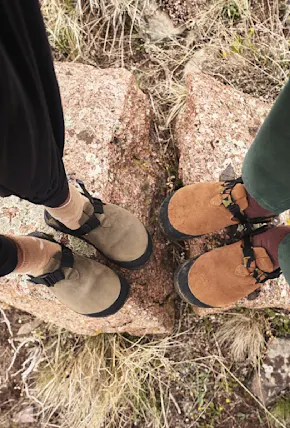When the sun is out and the weather cooperative, hiking sandals are the only thing I want strapped to my feet. Now, I’m not a podiatrist, but I have hiked 7,000 miles across 22 states, floated many rivers, and guided hiking trips in the desert, so I know what to look for when the day demands covering lots of ground with toes in the dirt (and water).
As a woman who has done a ton of outdoor adventuring in sandals, my personal experience has been that unisex sandals are just as comfortable as women’s models, and research backs this up. There aren’t many differences between men and women’s feet, though women may have more flexible joints and a wider Q angle (the angle between your femur and knee) and might appreciate extra support in their shoes. Though I personally prefer more minimalist sandals, I took this into consideration below when evaluating each piece of footwear on this list of the best hiking sandals for women.
In this guide, I’ll start by delving into what makes a good hiking sandal and my testing methods, then reveal my top selections. After spending a month (or more) with each pair and logging plenty of miles in the backcountry and around town, I put together the final list of my favorite womens hiking sandals.
Looking for men's hiking sandals? Here's our top picks.
Criteria: How We Test and What We Look For
I live in Grand Teton National Park part of the year, which has numerous rocky hiking trails and slippery glacial rivers, so I was able to spend a lot of time testing each of these sandals in difficult terrain. This included hiking 5 miles or more, on and off trail, as well as walking around on river bottoms and slick boat surfaces. I also drew from prior thru-hiking experience in a few of these sandals, as well as testimonials from other long-distance, sandal-hiking friends.
One of the primary benefits of sandals is comfort out of the box since there are less spots to rub and restrict, so I primarily looked for durability and if/where I developed hot spots. I also considered how sore the bottom of my feet were after a rocky hike, and if the soles or edges showed any wear. Testing in wet terrain is one way to do this, as is testing in terrain with a lot of vertical gain and loss.
Field Mag's Top Picks
- Best Overall: Bedrock Cairn Evo 3D Pro
- Best Budget Option: Teva Hurricane XLT2
- Best Arch Support: Chaco Z/1 Classic
- Most Comfortable: ECCO Offroad
- Best Closed-Toe Sandal: KEEN Hyperport/Newport H2
- Best Shoe-Sandal Hybrid: Hoka Hopara 2
- Best Water Sandals: Chaco Z/1 Rapid Pro
- Best for Wide Feet: Hoka Infini Hike TC
- Best Camp Shoes: Xero Z-Trail EV
- Best UL Alternative to Bedrocks: Luna Middle Bear Winged
- Most Unique: KEEN Uneek


















